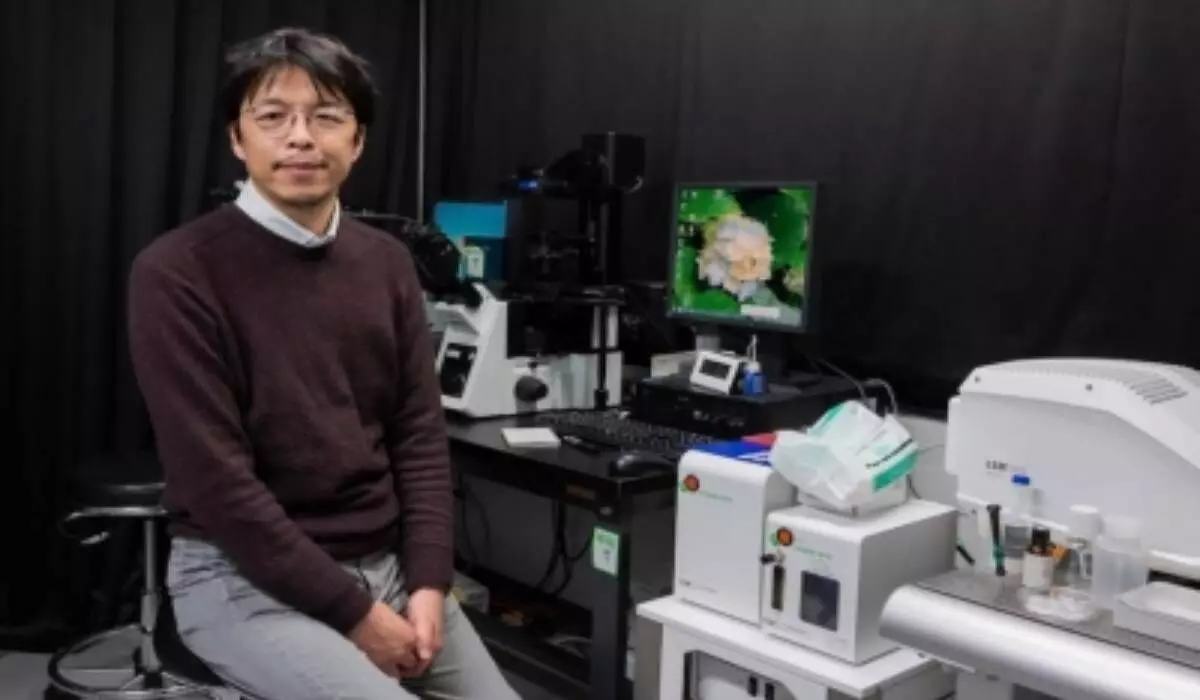Japanese researchers working on to develop babies in lab
A team of Japanese researchers are working on a method to develop babies in the laboratory as early as 2028, according to a study that can help treat infertility and other birth defects.
image for illustrative purpose

Tokyo A team of Japanese researchers are working on a method to develop babies in the laboratory as early as 2028, according to a study that can help treat infertility and other birth defects.
The researchers at Kyushu University aim to mass-produce eggs and sperm in the lab from ordinary human cells.
In the study, published in the journal Nature, the team described their method of turning male mice's skin cells into pluripotent stem cells, which can potentially develop into various types of cells or tissues.
They then grew these cells with a drug that converted the male rodent stem cells into female cells, which produced viable egg cells. These eggs were then fertilised to produce newborn male mice.
"The study provides insights that could ameliorate infertility caused by sex chromosome or autosomal disorders, and opens the possibility of bipaternal reproduction," wrote Professor Katsuhiko Hayashi, a stem cell biology expert at the varsity, in the paper.
Previously, his team used the synthetic surrogacy method to create baby mice from two male rodents.
In the new study, only seven out of 630 embryos grew into live mouse pups. Researchers believe the experiment can have potential implications in human reproduction.
"It's a very clever strategy," Diana Laird, a stem cell and reproductive expert at the University of California, San Francisco, who was not involved in the research, was quoted as saying to the New York Post.
"It's an important step in both stem cell and reproductive biology."
Indeed, the process could theoretically be replicated in humans by infusing embryos spawned via pluripotent stem cells into a female womb.
Dr. Hayashi estimates that it would take around half a decade to replicate egg-like cell production in humans, and 10-20 years of testing to ensure this artificial reproductive method is safe for use in clinics.
"Purely in terms of technology, it will be possible [in humans] even in 10 years," he was quoted as saying to the Guardian earlier.
"I don't know whether they'll be available for reproduction," he said. "That is not a question just for the scientific programme, but also for (society)."

